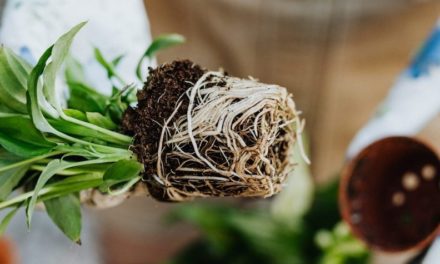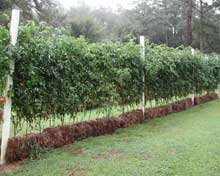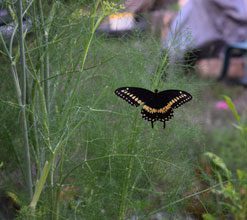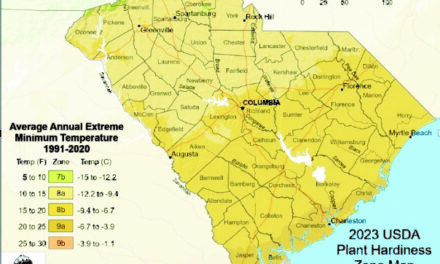 Anyone else old enough to remember that ad for tired, poor blood? Did you know that our container plants can have tired, poor soil? It is just all worn out, sort of like people in this weather.
Anyone else old enough to remember that ad for tired, poor blood? Did you know that our container plants can have tired, poor soil? It is just all worn out, sort of like people in this weather.
After a season, or perhaps several seasons, the actively growing plants deplete the nutrients in the growing medium. The soil material compacts to the point where the roots can’t access oxygen and as the organic material breaks down over time the soil cannot hold water. The plant becomes hungry, thirsty and gasping for air. Before anyone calls the plant police, there is help available.
Rita Randolph, one of the editors for Fine Gardening’s container plant edition and one of my favorite garden speakers, has an excellent remedy for tired, poor soil. Rita owns a nursery in Tennessee that specializes in gorgeous containers. She recognized that over time there is a need for some sort of boost to maintain robust growth.
I have seen that in my own containers. I grow a number of plants, like citrus and Japanese Maples, that can stay in containers for several years. It is always best to re-pot every year or two years at the outside, but even with the best care, in our climate, soil can become depleted sooner than that. It then dries out too quickly and water runs straight through the pot rather than actually moistening the soil.
Rita suggests a mix of one part bark fines (finely ground bark, often called soil conditioner) mixed with one part coarse builders sand and a few handfuls of a slow release organic fertilizer like Espoma PlantTone. She top dresses containers with the mix and waters it in. She says the sand works its way down into the root ball creating space for oxygen and water. The bark increases the moisture holding properties. The slow release fertilizer just gives a little pep to the roots.
You may remember in my last article I spoke of a large potted Japanese Maple that was tossed over in a storm. At first glance the heavy ceramic container itself did not appear to be damaged so I repotted the tree, top dressing it with Rita’s recipe and adding extra to fill in the spots where the soil had loosened and fallen out. Just 3 weeks after the original accident the pot itself finally gave up and large cracks opened up. The most amazing thing was the mass of brand new roots I could see in the areas of the root ball where I had used the mix. Frankly, I have never seen such healthy roots in such a short time. I don’t mean to sound like an infomercial but this was an Aha moment. The poor tree has been repotted twice in the past month and it still looks healthy.
After a long, hot summer this is an inexpensive and easy pick me up that will have your containers looking like they did in June. For those who would like to hear Rita Randolph, she will be speaking at the Charleston Horticultural Society meeting at the Charleston Museum on September 14th. Admission is free for members; non members $15. The doors open at 5:45 with the talk starting at 6:30p.m.








